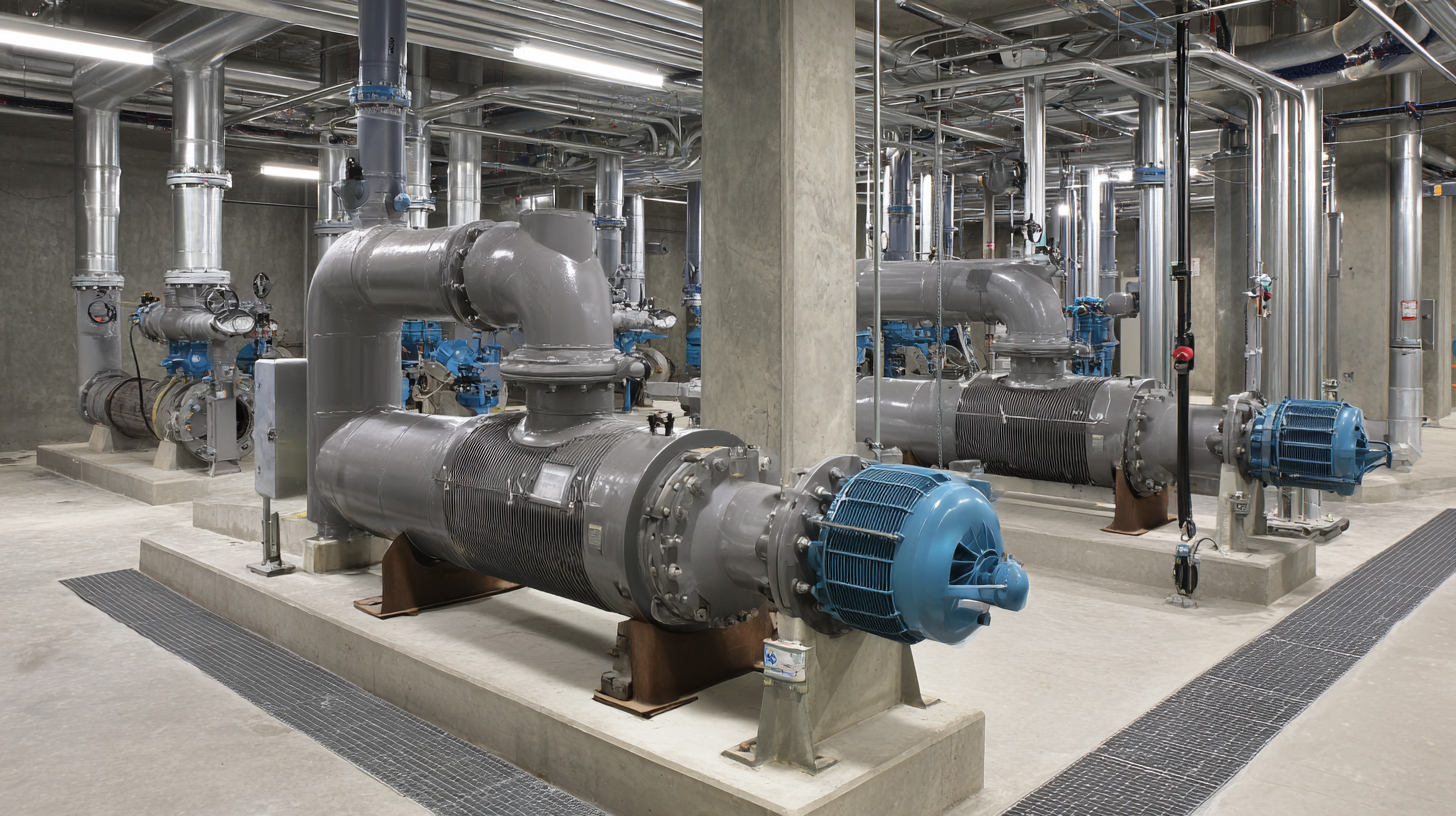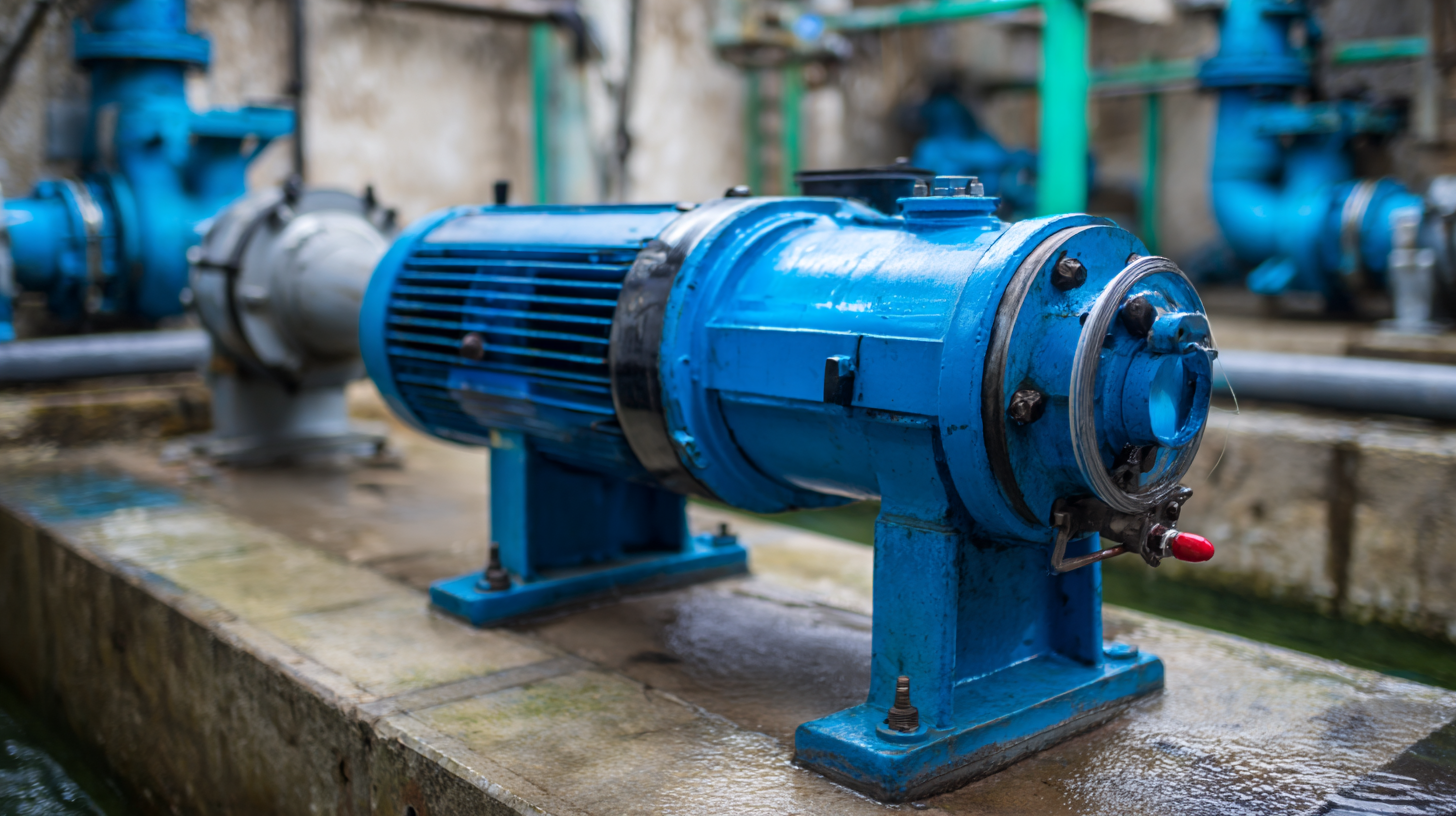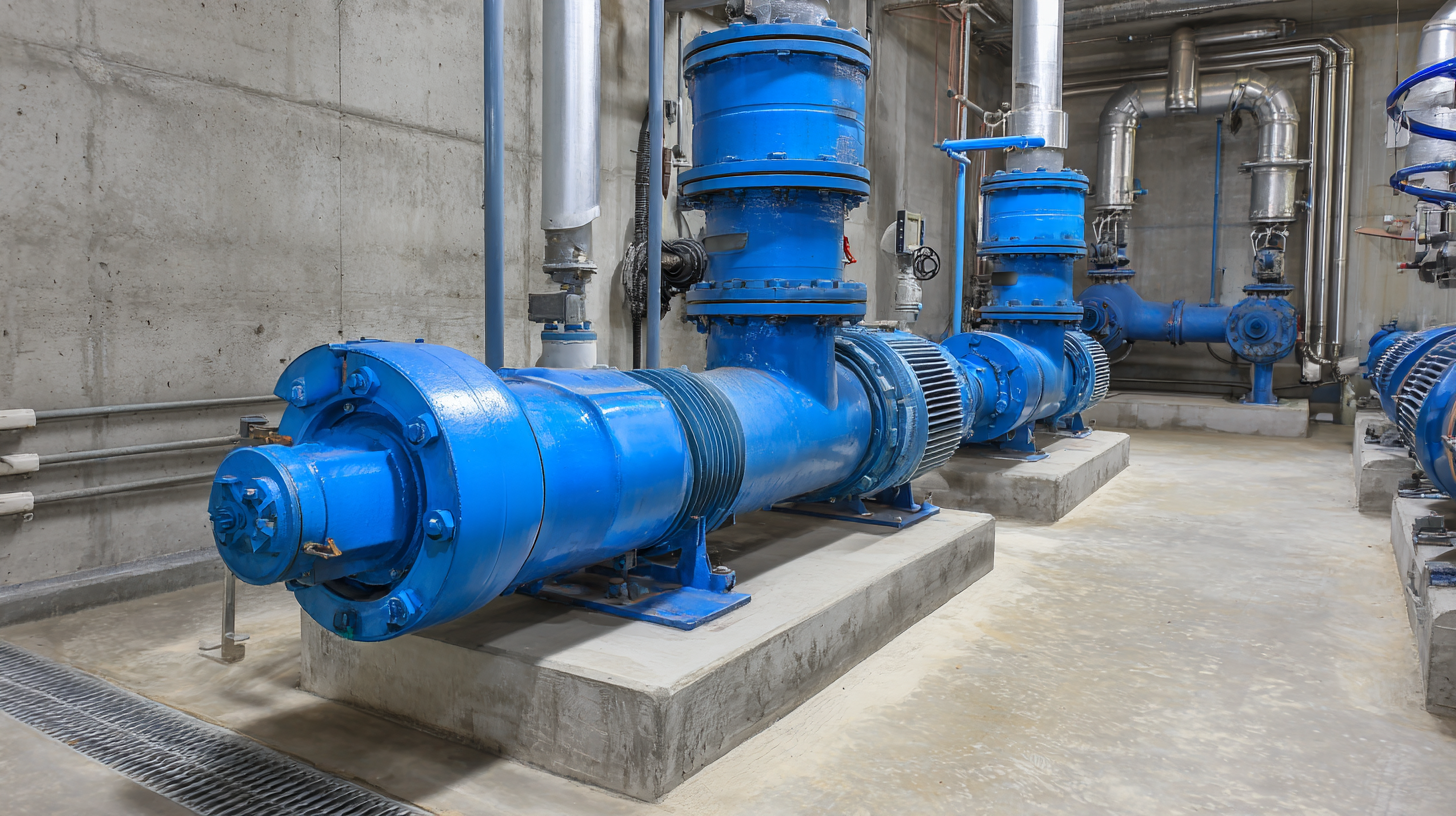


 The Lift Station Pump market is poised for significant growth, driven by increasing urbanization and the need for efficient wastewater management systems. According to a recent report by MarketsandMarkets, the global lift station pump market was valued at approximately $XX billion in 2020 and is expected to reach $XX billion by 2025, growing at a CAGR of XX%. As municipalities and industries seek to enhance infrastructure and ensure optimal performance, understanding the various applications of lift station pumps becomes critical.
This blog will delve into real-world industry applications, providing insights into best practices and maintenance tips that can significantly improve the efficiency and longevity of lift station pumps. By harnessing industry data and case studies, we aim to equip stakeholders with the knowledge needed to navigate the complexities of this essential component in modern wastewater management systems.
The Lift Station Pump market is poised for significant growth, driven by increasing urbanization and the need for efficient wastewater management systems. According to a recent report by MarketsandMarkets, the global lift station pump market was valued at approximately $XX billion in 2020 and is expected to reach $XX billion by 2025, growing at a CAGR of XX%. As municipalities and industries seek to enhance infrastructure and ensure optimal performance, understanding the various applications of lift station pumps becomes critical.
This blog will delve into real-world industry applications, providing insights into best practices and maintenance tips that can significantly improve the efficiency and longevity of lift station pumps. By harnessing industry data and case studies, we aim to equip stakeholders with the knowledge needed to navigate the complexities of this essential component in modern wastewater management systems.
When selecting lift station pumps, understanding the importance of alternatives is crucial for maximizing performance and reliability. With a variety of pumping solutions available, it’s essential to evaluate the unique requirements of your application. Factors such as capacity, head pressure, and fluid characteristics play a significant role in the selection process. Considering alternatives not only allows for tailored solutions but also enhances efficiency and longevity of the pumping system.
To ensure optimal performance, here are a few tips: First, assess the site conditions thoroughly before making a decision; this includes understanding the potential for clogging or other operational challenges. Next, invest in quality bearing materials that enhance pump reliability, as bearing selection is often a critical factor in the durability of vertical turbine pumps. Lastly, consider using bypass solutions that prevent disruptions in service during maintenance or emergencies. By prioritizing these factors and considering alternative options, you can ensure a more effective lift station pump system that meets your needs.
When considering lift station operations, selecting the right pump type is critical. Among the alternatives, submersible pumps stand out for their ability to operate underwater, making them ideal for wastewater management. Their design eliminates the need for a pump house, thus reducing installation costs and space requirements. However, while submersible pumps offer ease of maintenance and a compact footprint, they can suffer from issues like overheating if not properly monitored.
On the other hand, centrifugal pumps are widely favored for their efficiency in moving large volumes of water. They are ideal for applications requiring a continuous flow and can handle varying levels of solids. The main downside is that they may require more energy, making them less cost-effective in the long run compared to other options. Alternatively, progressive cavity pumps provide excellent performance in handling viscous fluids, but their mechanical complexity often leads to higher maintenance costs. Understanding the pros and cons of each pump type can greatly influence performance and longevity in lift station applications.

When selecting alternative lift station pumps, environmental considerations play a crucial role in ensuring optimal performance while minimizing ecological impact. The adoption of sustainable technologies can lead to more efficient water management practices, reducing overall energy consumption and greenhouse gas emissions. For instance, pumps designed with energy-efficient motors and variable frequency drives can significantly lower electricity usage, making them both environmentally friendly and cost-effective over time.
Moreover, it is essential to evaluate the materials used in pump construction. Opting for pumps made from corrosion-resistant and recyclable materials can enhance durability while reducing the environmental footprint. Additionally, choosing pumps that minimize noise pollution and improve aeration can contribute positively to local ecosystems. By prioritizing these environmental factors, wastewater facilities can not only comply with regulatory standards but also promote sustainability in their operations, paving the way for a greener future in lift station management.
| Parameter | Importance Level | Environmental Impact | Recommended Type |
|---|---|---|---|
| Pump Efficiency | High | Low Energy Consumption | Vertical Turbine Pump |
| Noise Level | Medium | Acoustic Pollution | Submersible Pump |
| Material Quality | High | Corrosion Resistance | Stainless Steel Pump |
| Maintenance Frequency | Medium | Operational Downtime | Wear-Resistant Pump |
| Installation Cost | High | Impact on Budget | Standard Utility Pump |
In the Lift Station Pump Market, optimizing the performance of alternative pump systems is crucial for enhancing operational efficiency and reducing downtime. According to a recent report by Markets and Markets, the global pump market is projected to reach USD 90 billion by 2025, indicating significant growth and innovation in pump technologies. To maintain peak performance, operators should adopt proactive maintenance strategies. These include regular inspections and performance assessments, which can identify potential issues before they lead to costly repairs or system failures.
Furthermore, implementing condition-based monitoring can provide real-time insights into pump performance and health. A study by Frost & Sullivan suggests that integrating IoT sensors can decrease maintenance costs by up to 30% while improving system reliability. By leveraging such advanced technologies and maintenance practices, lift station operators can ensure efficient operation of alternative pump systems, thereby maximizing their lifespan and ensuring uninterrupted service.
Effective maintenance not only reduces operational risks but also contributes to sustainable practices by minimizing energy consumption and emissions associated with pump operation.
The future of lift station pump technologies is poised for significant transformation, driven by innovations in energy efficiency and renewable energy integration. As industries adapt to the growing demand for sustainable solutions, alternative pump technologies are emerging as viable options for enhancing performance in lift stations. Recent advancements suggest that integrating renewable energy sources with conventional lift station operations can not only cut costs but also reduce environmental impact. For instance, seafloor pumping and tie-backs, which improve the economics of deepwater developments, offer valuable insights that can be applied to lift station efficiency.

To optimize the performance of lift station pumps, consider incorporating energy storage technologies that complement your renewable systems. Implementing an optimal scheduling model ensures that energy is used effectively, alleviating peak demand and enhancing overall system resilience. Additionally, regular maintenance and monitoring of pump performance can identify potential issues before they escalate and lead to costly repairs or downtime. As we look toward 2025, adopting these innovative strategies will be crucial for maximizing the efficiency and reliability of lift station operations while aligning with global sustainability goals.
